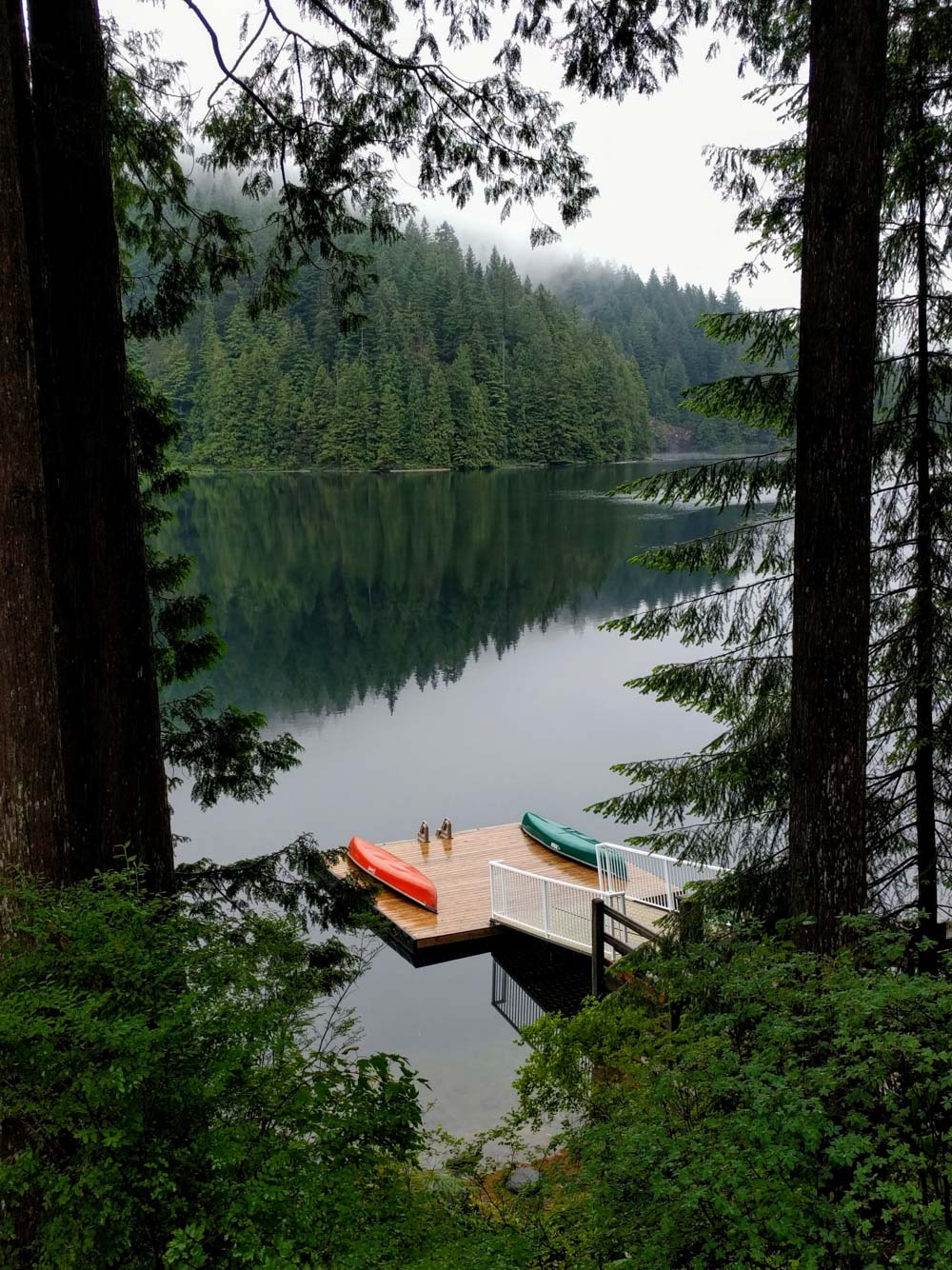Maple syrup, epic mountains, winter sports, classic literature, and an abundance of wild bears… These are just a few things that make Canadian culture so irresistible.
Last updated: March 21, 2025
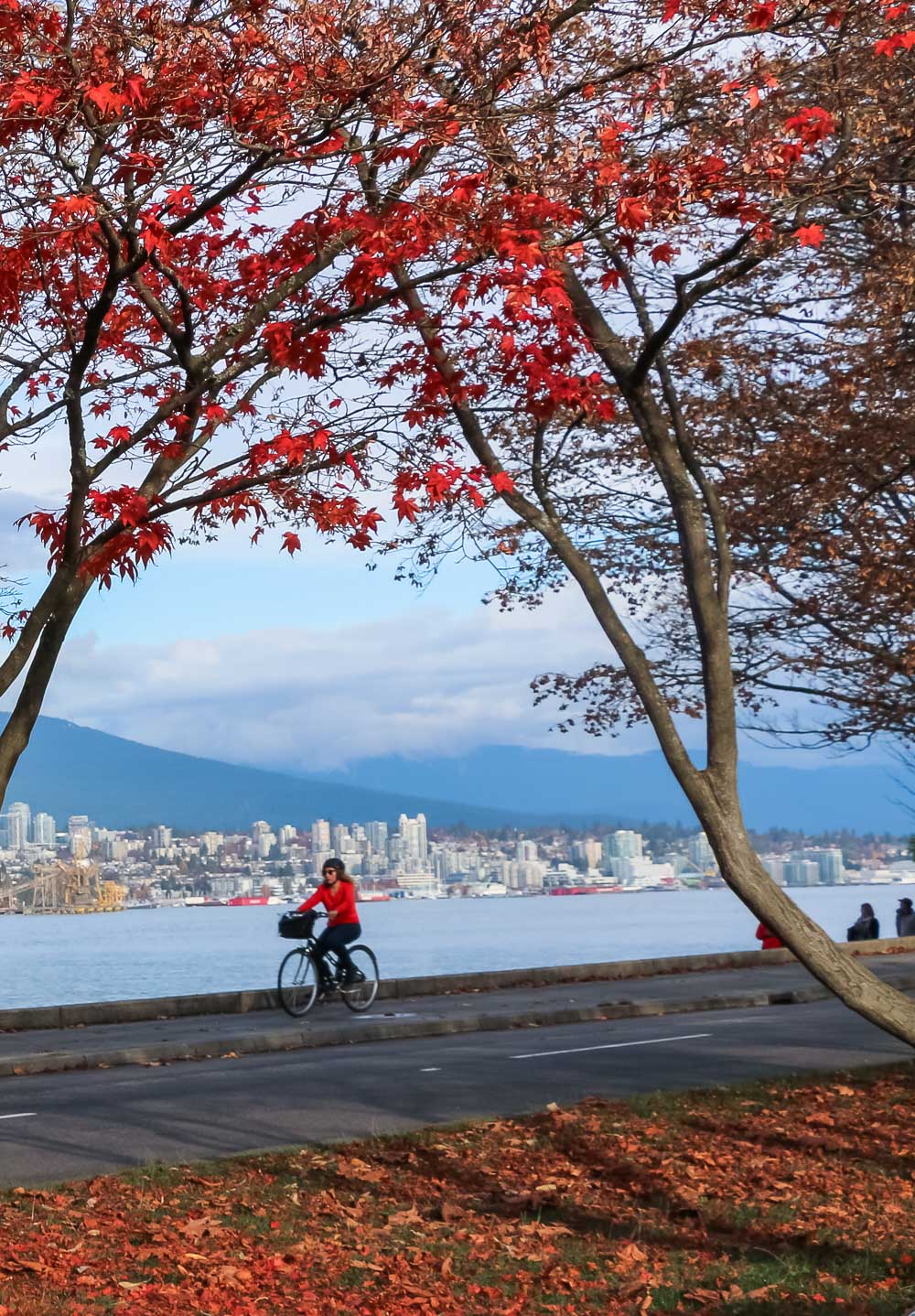
10 Things Essential for Canadian Culture
In Ireland, traditional folk tunes accompany you on a tour across the country and introduce you to Irish culture and traditions. The Dutch boast about their centuries-old windmills, glorious tulips, and uncomfortable, but practical wooden clogs. The essentials of Canada don’t include any of these things. Instead, freezing weather, vast landscapes, and maple trees have shaped and continue to impact the remarkable Canadian culture, lifestyle, and traditions.
Interestingly, influenced by indigenous people and European traditions brought to the country by first settlers, Canada has soaked up a little bit of both worlds. Impeccable urban architecture that you can hardly find in the neighboring USA attests to the sophisticated taste and style engraved in Canadian culture since its early days. Sometimes, you can even forget that you’re in Canada, not Europe.
At the same time, the expansive landscapes and towering mountains keep the Canadians in touch with nature. They remind of the indigenous origins of the country, its pride and shame – something that has forever set Canada apart from the rest of the world.
Do you ever think about Canadian culture when traveling to the country? Unless it’s world-famous maple syrup, none of the other essentials of Canada come to your head. Nevertheless, you recognize and connect them to the second largest country in the world at once when you see them.
With that being said, here are the top 10 things that Canadian culture is known for and Canadians are proud of.
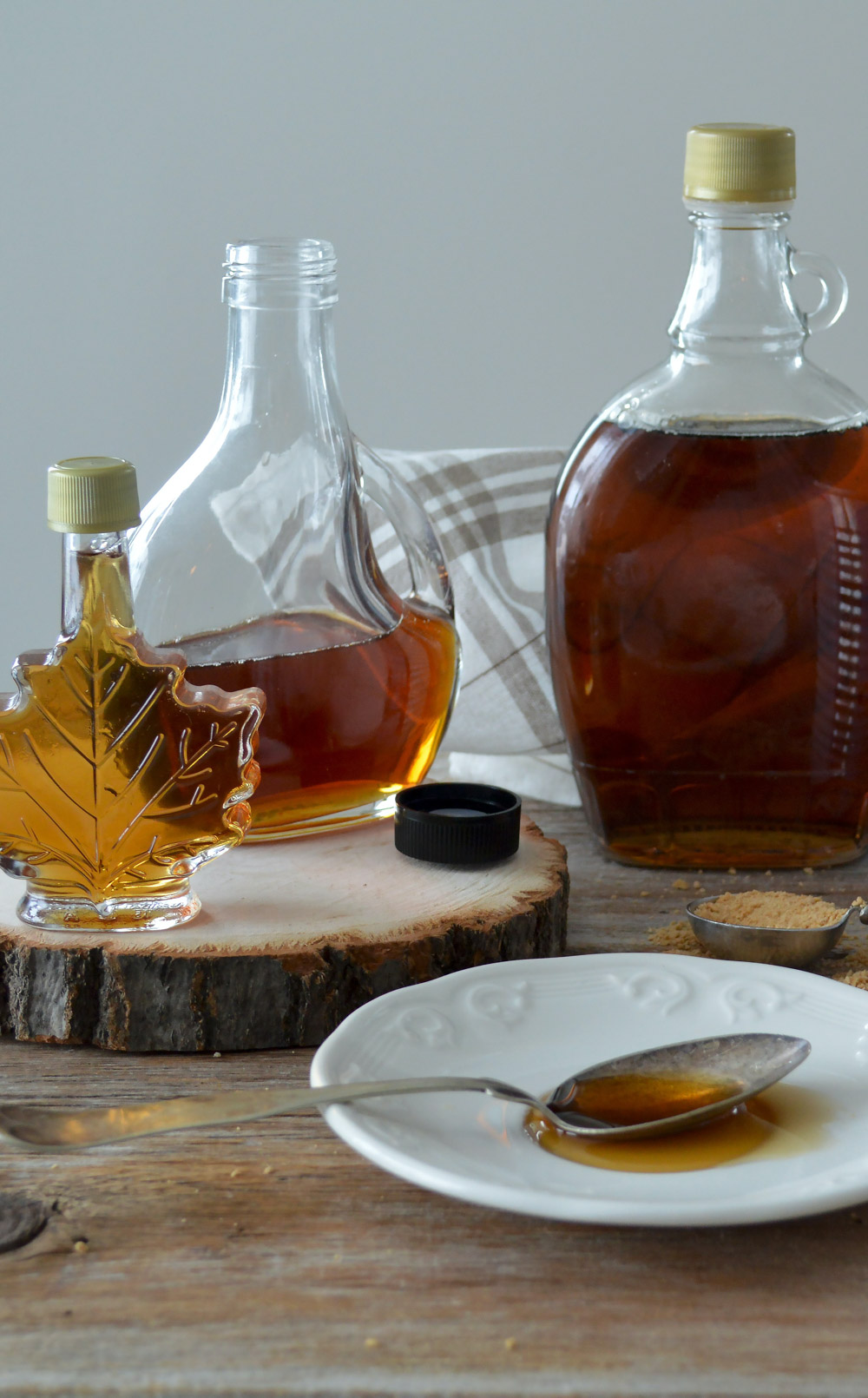
TOP 10 ESSENTIALS OF THE CANADIAN CULTURE: THINGS CANADA IS KNOWN FOR AND PROUD OF
1. Cold Weather
The weather is something Canada is world-famous for. The winters are freezing. Thermometers often bow their arrow-heads below zero and keep them that low for 4-5 months per year.
Winds, winter’s severe guardians, aim at biting your face and any exposed areas every time you wander out without a proper attire. It’s a freezing, unwelcoming, and discouraging place for all sun-loving creatures.
But what makes the majority of the locals dance a happy dance when the seasons turn and the first snow covers the ground is indescribable. It’s a joyous feeling shared by almost every Canadian. An astonishing winter wonderland that reigns over the country from November until April keeps shaping and reshaping the Canadian culture and local’s love for outdoor sports.
While some travelers wait for the warmer season to visit Canada, the locals equip themselves with skies and snowshoes and venture into the familiar realm. Similar to its closest neighbor, Alaska, Canada gets into dog sledding and cross-country skiing at this time of the year. The cold weather… For Canadian culture it’s its greatest ally.
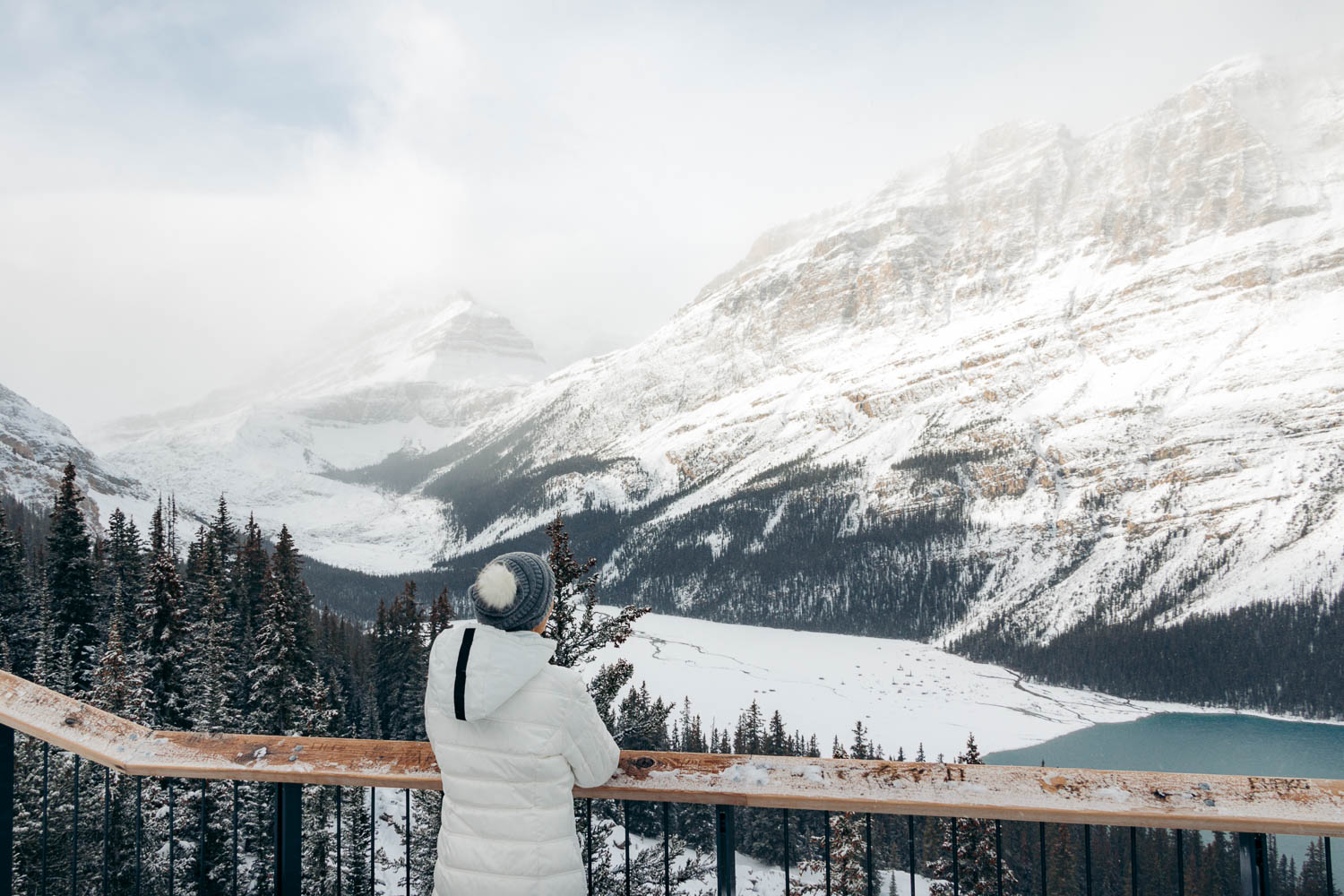
2. Polar Bears
The local wildlife is another thing that influenced Canadian culture and sets it apart. Canadian lynxes, moose, wolverines, Beluga whales, and many other wild animals thrive all over the country. But the most special and dangerous representatives of Canadian wildlife stick to the northern regions.
Polar bears, these unique inhabitants of Canada, dwell within the Arctic Ocean and surrounding seas and lands. The largest and most severe members of the Canadian wildlife, these mammals should be watched from a far distance, if you absolutely must do it. Often just knowing of their existence is enough.
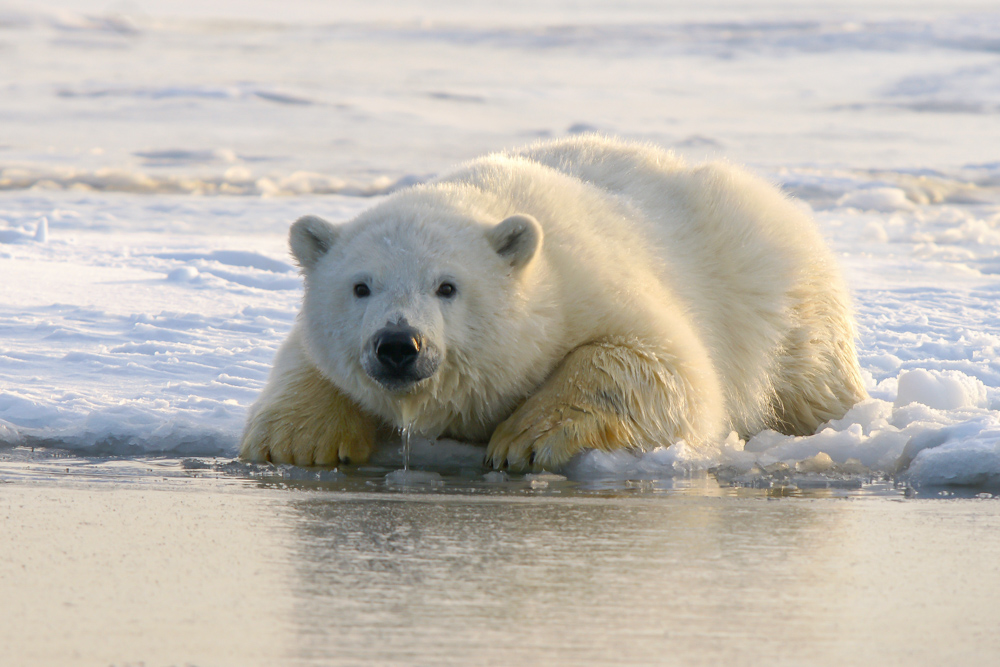
3. Winnie-the-Pooh
The most popular teddy bear in the world was born in England, not Canada. Created by English author A.A. Milne and published on October 14, 1926, Winnie-the-Pooh became an instant sensation. Recognizing its influence on children all over the world, the Walt Disney Company bought the rights to adapt the popular character and his friends for film and television.
England, Hollywood… It looks like nothing links the funny bear to Canadian culture. Even the fact that Milne named his main character after a teddy bear owned by his son, Christopher Robin, does’t bring us closer to uncovering this mystery.
And yet there is a direct connection between the world-famous teddy bear and Canadian culture. Or at least, Canada…
The truth is, Christopher Robin’s toy was named after a real bear that lived in the London Zoo at that time. Winnie, the friendliest member of the zoo family, immigrated to England from Canada. A Canadian soldier and veterinarian, Harry Colebourn, brought the bear cub along while traveling to Europe with the Royal Canadian Army Veterinary Corps during World War I. When an order came for the division to move to France, Winnie was loaned to the zoo.
The Canadians don’t leave their countrymen behind, it’s not in their culture. Colebourn intended to take back the bear after the war. By that time, however, the tamed cub became the favorite of visitors (Christopher Robin and his father among them) and zoo workers alike. The soldier decided to let the bear stay in London.
Thus, although the whole world considers Winnie-the-Pooh an essential part of English, not Canadian culture, this favorite character might have never seen the world if not for its Canadian namesake.
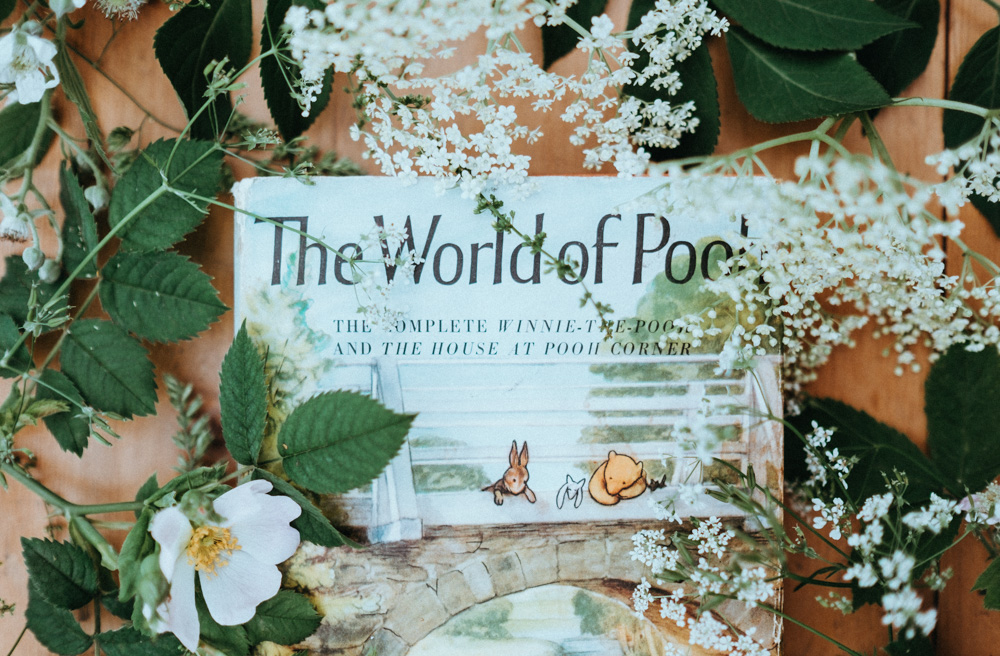
4. Canadian Rockies
Speaking about the Canadian outdoor culture, the Canadian Rockies with Banff National Park in the lead always top the list. The expansive mountain range astounds with its incredible beauty, remarkable natural wonders, and a profusion of outdoor activities.
The truth is, though, the Canadian Rockies don’t belong entirely to Canada and its outdoor culture. The mountains are just a part of a bigger mountain range. The largest mountain system in North America, the Rocky Mountains spread out over 3,000 miles.
Their realm includes both Canada (British Columbia and Alberta) and the United States. The latter allows the Canadian outdoor culture to intermingle with the outdoorsy lifestyle of Montana, Wyoming, Idaho, Colorado, and New Mexico.
In fact, out of 100 highest peaks of the Rocky Mountains, 78 reside in Colorado. Doesn’t it suggest that both American and Canadian cultures have a lot more in common than you might think in the first place?
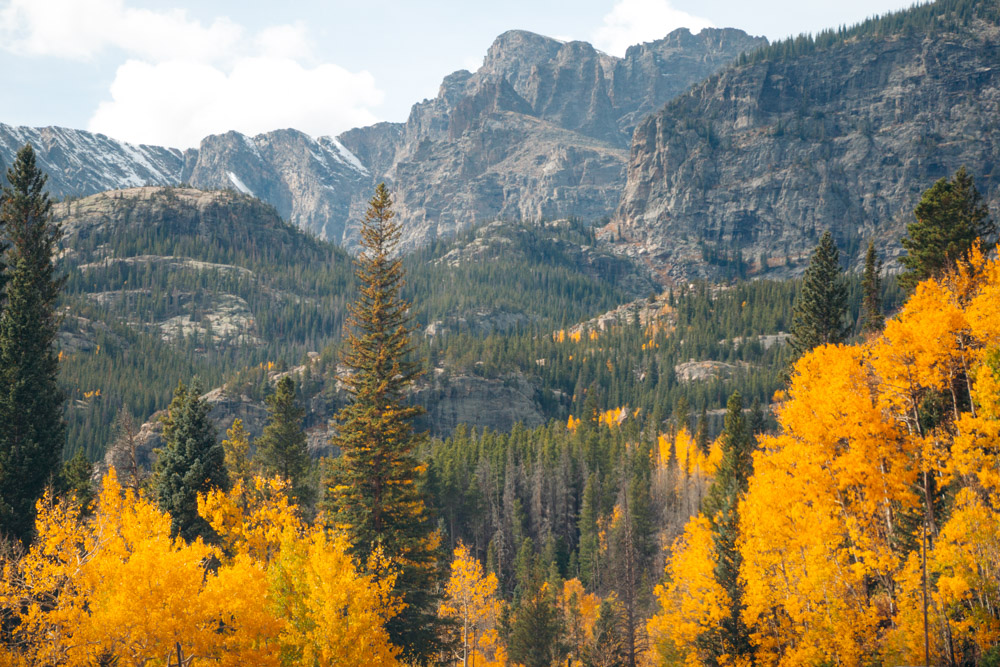
5. Maple Syrup
We started this list of the essentials of Canadian culture with maple syrup and can’t move forward without diving deeper into this signature sweetener. Just like almond orchards and almond production is almost entirely confined to California, Canada is ahead of the world when it comes to maple syrup.
The country is responsible for 71% of the world’s pure maple syrup. More than 90% of it is produced in Quebec. From here, the liquid sweetener gets transported all over the region and the entire world.
While the country’s economy certainly benefits from this dark or light liquid, the Canadian culture, and particularly cuisine, thrives on it. The Canadians eat maple syrup on pretty much everything. The delicious thick liquid is an essential part of every breakfast, often in combination with freshly-made waffles or pancakes.
Adding a specific taste to the Canadian food, maple syrup is also used in ice cream, coffee, and even for cooking root vegetables. To put it simply, it’s in the blood of almost every Canadian. How is it not an integral part of Canadian culture after that?
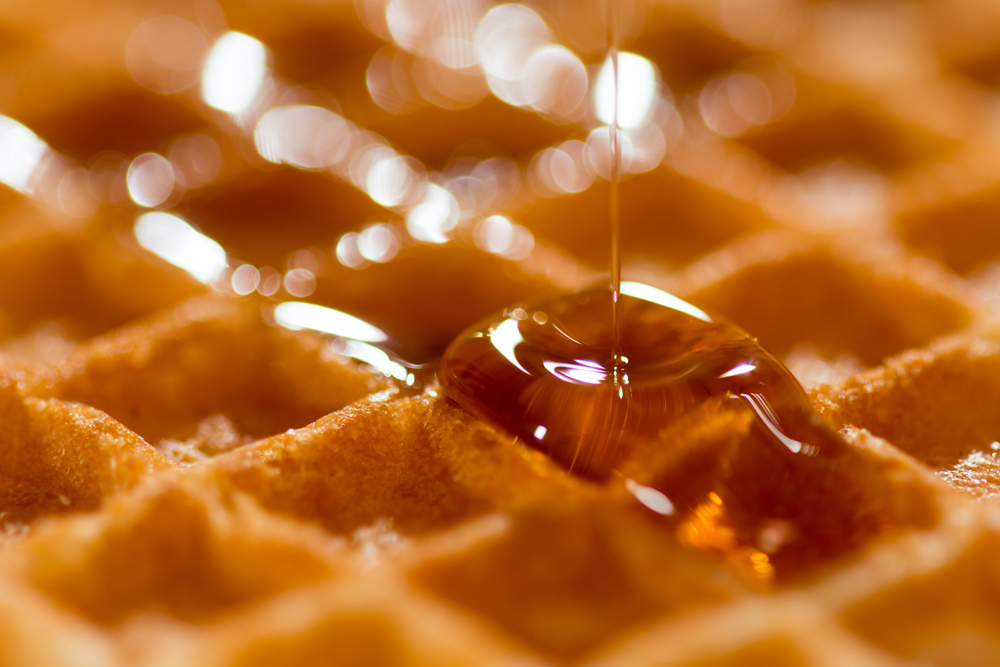
6. Northern Lights
The utmost northern country of the continent, Canada is the best place to see the northern lights. Also known as Canada’s aurora borealis, this phenomena has become an essential part of Canadian culture by default.
While Canada can’t boast summer all year long like Hawaii, Mexico, or any other tropical destinations, it endures its prolonged winter in style. And the style is just an understatement here.
The sky over Canada bursts into red, green, yellow, and violet shades. The overwhelming brilliance, however, doesn’t just linger up above your head. It dances. Changing its shapes from straight lines to arcs, curves, and waves, Canada’s northern lights put on a different show every night.
If this extraordinary element of Canadian culture is all you can think about, then be sure to visit Yellowknife in the Northwest Territories. The place hosts the jaw-dropping “performances” 240 nights a year. The best time to see aurora borealis in Canada is fall and winter. Yet summer follows their lead as closely as possible.
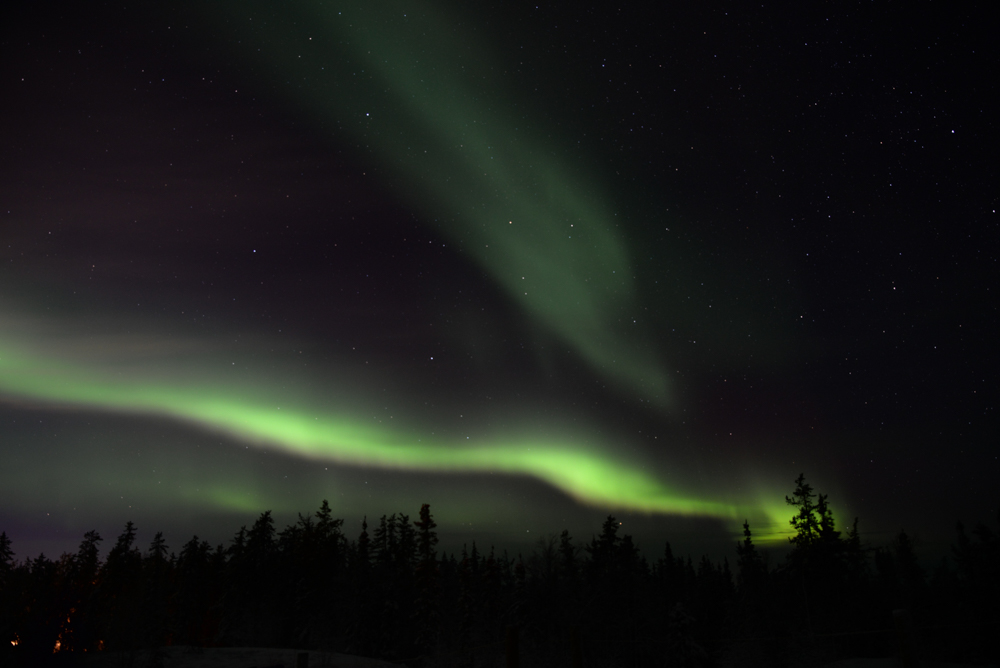
7. Anne of Green Gables
Canadian culture is all about classics. From signature breakfast sweet syrup to impeccable terrain, and first-class national sport, the Canadian essentials leave other countries no chance. When it comes to Canadian literature, Anne of Green Gables shapes the culture and reading taste of the country, not to mention, the entire world.
Written in 1908 by Canadian author Lucy Maud Montgomery, the novel has engrossed children and their parents since the mid-20th century.
Several film adaptations have made this Canadian classic a part of the individual culture of millions of people all over the world. The great curiosity and strong-willing nature of orphaned Anne hasn’t lost its attractiveness with time. New films based on the popular Canadian novel keep unveiling historical past and cultural traditions up to this day.
One of the latest adaptations, Anne with an E, shook the word in 2017. The television series lasted 3 seasons and presented some other sides of Canadian culture and history, not mentioned in the book.
READ MORE: The 4 Books You Need to Read Before Traveling to Canada (#1 Was Enough for Me)

8. Hockey – an Integral Part of Canadian Sport Culture
Hockey is a national sport in Canada. Every boy wishes to be a tough hockey player. Every parent dreams of her child to represent the country as a member of a national hockey team. Hockey is everywhere. Not surprisingly, even Canadian currency pays respect to this essential part of the culture.
Truth be told, though, not everybody plays hockey professionally. Yet there is no Canadian who doesn’t root for the national team. Hockey connects Canadian salesmen and businessmen. School teachers and bus drivers discover that they have a lot in common while watching a hockey game together.
Hockey in Canada is more than just a sport. It’s a national pride, solidarity, and an important part of Canadian culture.

9. Maple Leaf
It adorns almost every merchandise in most of the gift stores in the country. It creeps onto backpacks, hats, and scarves. Festooning the Canadian flag, maple leaf has also been a national emblem since 1965.
The Canadians don’t shy away from showing the official symbol of the country. On the contrary, they bring it along everywhere they go. Before traveling to another country, many Canadians stitch the “maple leaf” on their backpacks.
Proudly displaying their Canadian culture and origins, they seem to distance themselves from other travelers, first of all their southern neighbors that surely have a lot to be stereotyped for.
READ MORE: What Outsiders Think about California: Dispelling Stereotypes
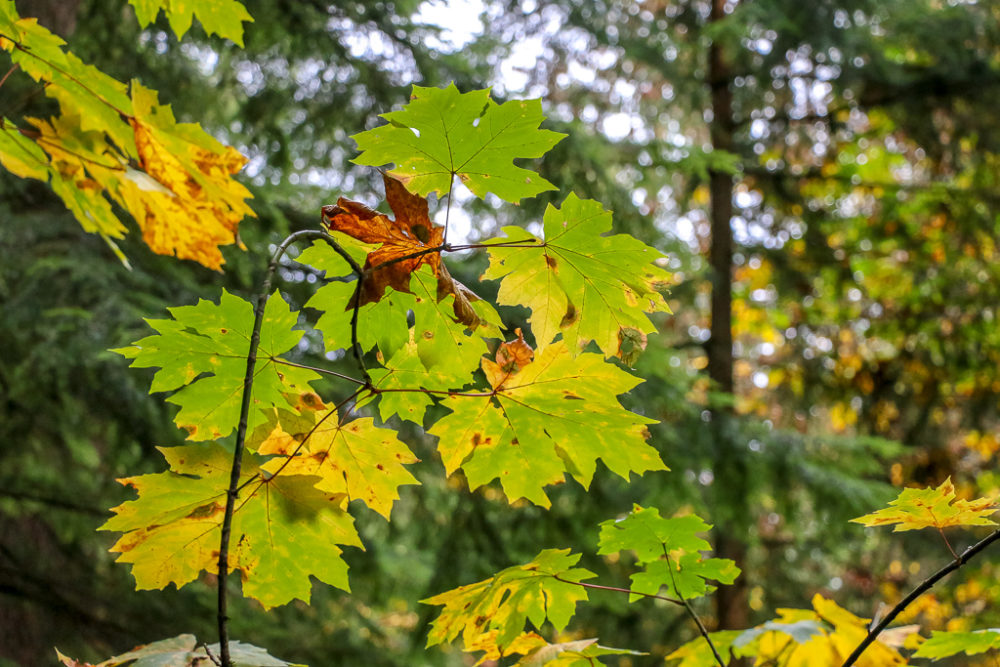
10. Canadian Cottage Culture
You’re not fully immersed in Canadian culture until you get pampered at a real Canadian cottage. Every middle-class family in Canada seems to own a cottage or enjoy the cottage culture in some way.
This seasonal tradition receives even its own sections in local newspapers. From June to August, all Canadians are interested in is the “cottage life” that comes with fishing, hiking, barbecuing, and other outdoor activities.
“Cottage country traffic” seems to become a new norm of Canadian culture during this time of the year. A weekend by a lake up north is a new standard. And there are hardly any objections to this quickly developing essential of the diverse Canadian culture.
